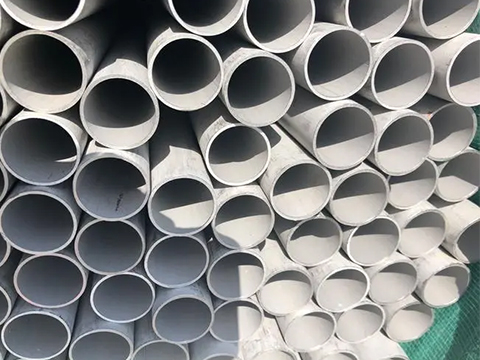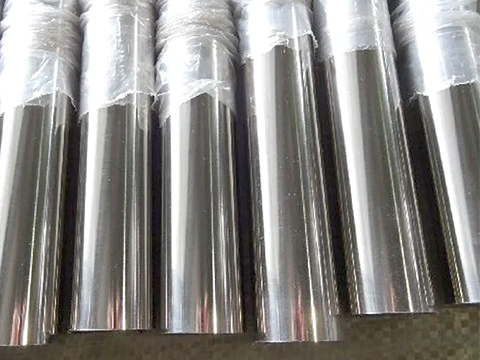

|
Property |
2205 |
UR52N+ |
|
Density (g.cm3) |
7.805 |
7.810 |
|
Modulus of Elasticity (GPa) |
200 |
205 |
|
Electrical Resistivity (Ω.m) |
0.85 x 10-6 |
0.85 x 10-6 |
|
Thermal Conductivity (W/m.K) |
19 at 100 °C |
17 at 100 °C |
|
Thermal Expansion (m/m.K) |
13.7 x 10-6 to 100 °C |
13.5 x 10-6 to 200 °C |


|
American Standard |
Austenitic Steel: TP304,TP304L,TP304H, TP304N, TP310S,TP316,TP316L,TP316Ti,TP316H, TP317,TP317L, TP321, TP321H,TP347, TP347H,904L… Duplex Steel : S32101,S32205,S31803,S32304,S32750, S32760 Others:TP405,TP409, TP410, TP430, TP439,... |



.jpg)








